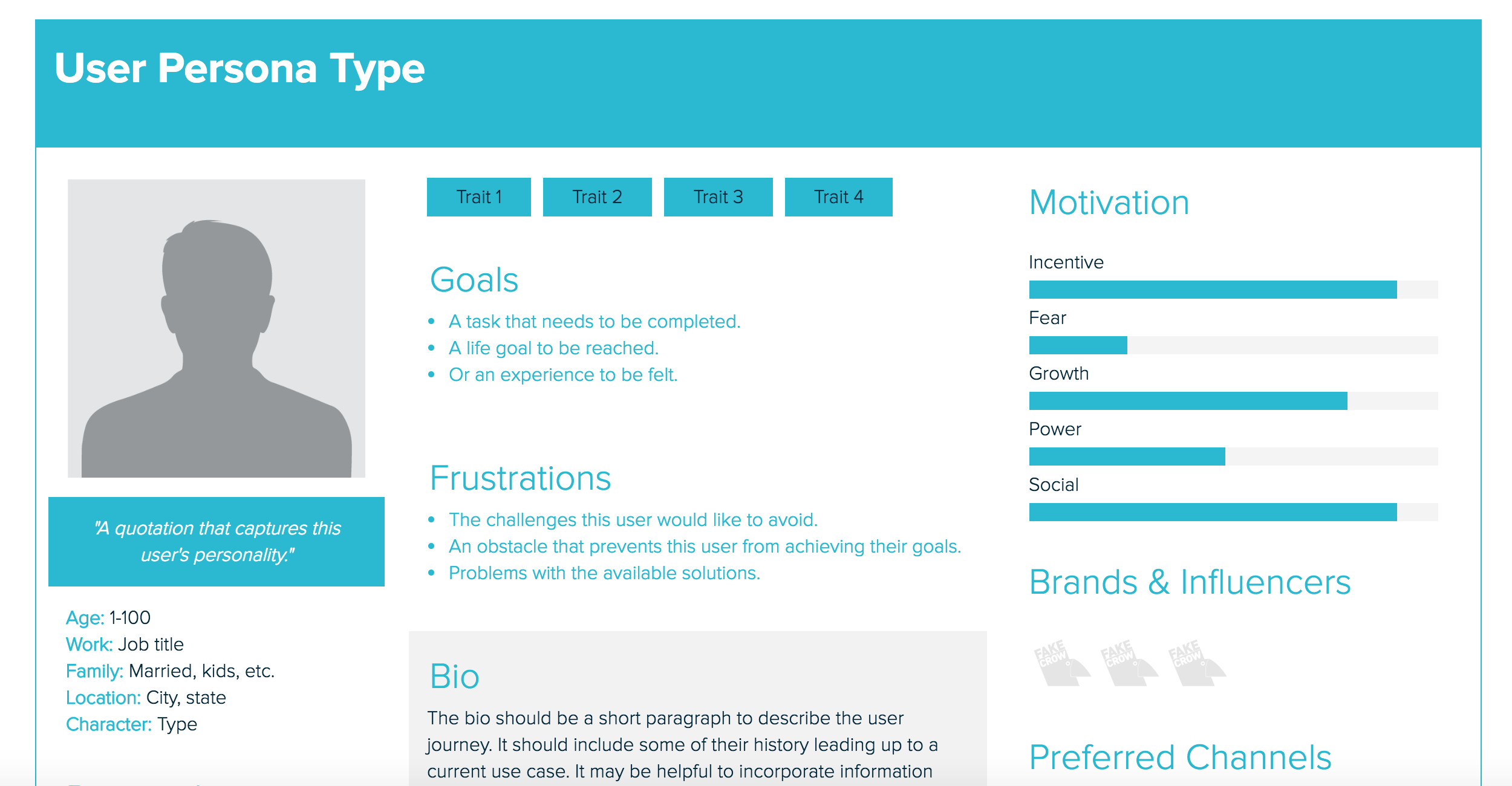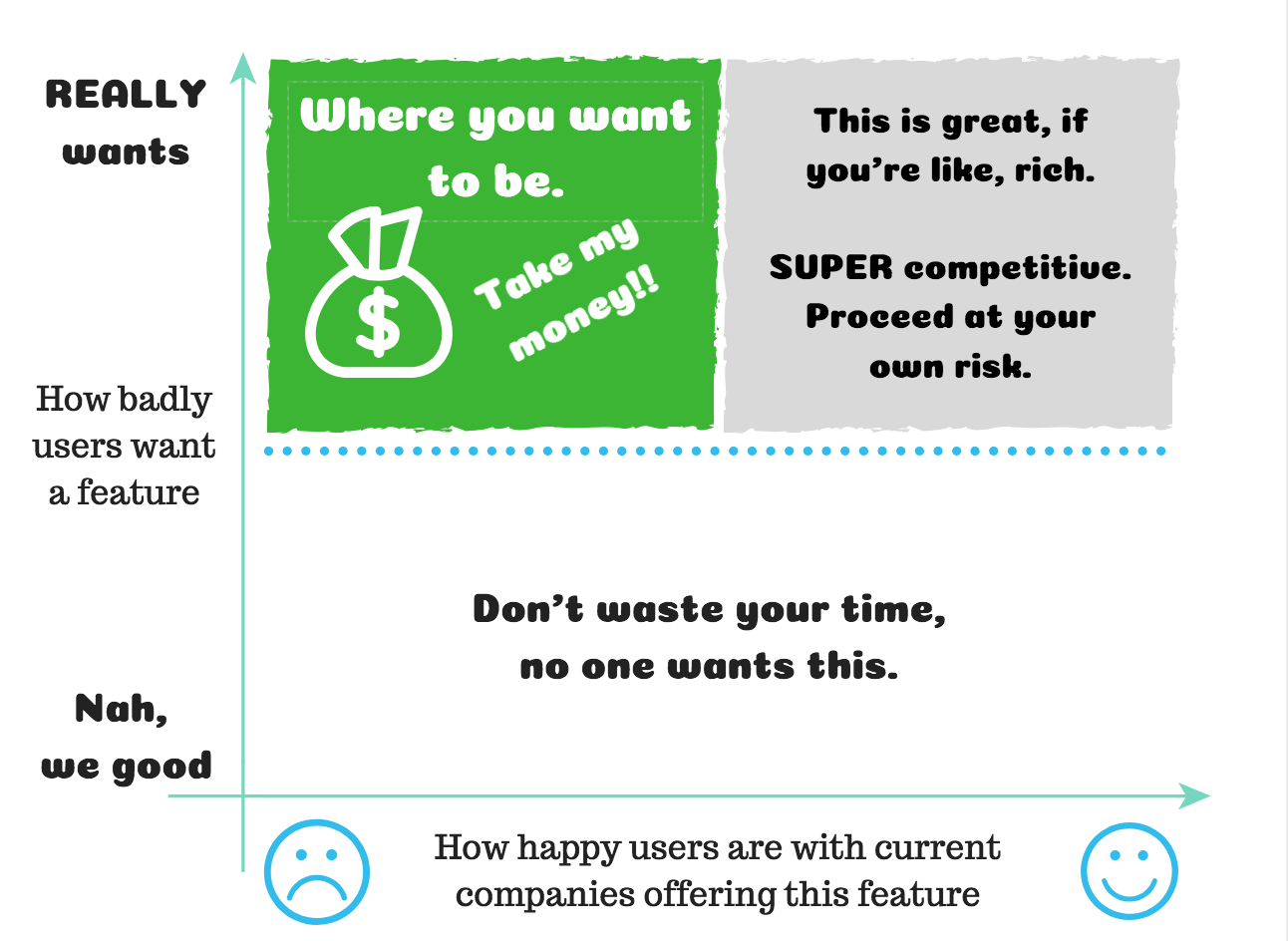Create a Better Product Management Process: 5 Tips

As technology continues to improve, so does the product management process and our ability to more accurately understand our customer’s needs. We are now armed with more tools than ever before. But what good are all the tools, if we don’t have the best processes?
Product management is not an easy task, but it is an important one. A company must not only gather information to determine the demand for a new product, it has to predict how the product will fulfill the need, and then actually make that product.
In this post, we’re going to cover 5 ways to create a better product management process that will put your company on the offense and save you a fortune.
5 Ways to Create a Better Product Management Process
1. Define your Value Proposition
Your value proposition is your statement to the customer (or market you’re catering to) about how your product will solve a problem in their life and what distinguishes it from other products like it.
In order to build an effective product value proposition, you need to understand your customers fully. This is where buyer personas come in handy.
If you’re a large organization, your marketing team may already have created personas for your different customers, but if you’re a small team, you’ll need to create them. There are many tools online, such as Xtensio, that make the creation of a buyer persona easy and painless.

You may find that different customers have different priorities, but not all customers give you a return on your investment. Some are freemium customers that never upgrade while others are buying everything your company offers.
Once you have gathered all the information from your different user personas, you need to identify the biggest “problem” your product solves. It helps to make your value proposition catchy with a tagline or phrase so it’s easy to remember and recite. The more compact the message, the more likely an association between your product and the need to solve the problem.
2. Create Mockups and Wireframes
If you want engineers to love you, create mockups for them prior to asking them to build a new feature. Don’t just tell them what features to build, show them, and include them in the discussion.
If you’re in a large company, you may have a UX department that handles mockups and wireframes. If not, then you’ll want to create them with feedback from the team. You can use a tool like Balsamiq to create simple and intuitive wireframes.

Similar to Balsamiq, consider Sketchapp or Figma, to create mockups of the new design/feature and use that to determine how the feature would be received using focus groups. You can offer customers a gift card to participate in your focus group and create a survey to find out which wireframes they prefer.
The larger a company is, the more difficult it is to change a product. Something as simple as moving a power button on a cell phone can mean work for teams of engineers, making changes very costly. That’s why it is important to roll out changes incrementally, and discretely.
3. Collect User Feedback
Before the advent and incredible convenience of the internet, collecting user feedback was a big step, and a costly one too. Mail-in surveys and focus groups were pretty much the only way to determine customer needs, short of interviewing strangers on the street. Thankfully, things have changed and we can now get faster user feedback at a much lower cost.
In the book Hacking Growth by Sean Ellis, he mentions the importance of surveys for data analysis. He noticed that customers were much more likely to respond to a satisfaction survey when the question was poised in reverse. So, instead of asking customers “How satisfied are you with our product?” they asked: how disappointed would you be if this product no longer existed tomorrow?
The following answer options then helped them dig deeper into the importance of the product they were building:
A) Very disappointed
B) Somewhat disappointed
C) Not disappointed, it’s not very useful
D) Not applicable. I’m no longer a customer.
Mr. Ellis concluded that if customers are not 40% or more disappointed in the disappearance of your product tomorrow, you need to determine why. You can do this by asking them for ways that you can improve your product to better meet their needs.
Split Testing User Feedback
If you’ve ever worked in sales, you know that the first pitch is never the best pitch. It takes consistent tweaking and different ways of saying the same thing to convince someone to take your call or buy your product. It’s the same way with user feedback. You need to consistently A/B test different ways of getting customer feedback to maximize the number of responses you receive. Even the smallest word change can make the biggest difference by completely changing the tone of your email.
Yesware or Outreach.io are great tools to continuously A/B test different user feedback templates. You can also use a tool like Survey Monkey to create surveys. However, remember that your customer’s time is valuable so keep your surveys short. The last thing you want is for them to eagerly start filling out your survey only to abandon it midway, or worse, give you fake answers because they got tired of filling it out.
4. Feature Prioritization
Whenever people think of feature prioritization, they immediately think of high ROI. While, yes, you want to create features that yield a high return on your investment, they aren’t the only important features. Some feature opportunities are much more obvious to identify when you step back and look at the big picture.
In order to create a product that is irreplaceable, it must be different than the competition. Which is why it’s important to find the features that your customers are requesting, but your competitors are lacking, and include those in your product roadmap.
Feature Prioritization Matrix

This is why it’s important to create a competitive matrix that shows how you stack up against competitors. Refer back to it every quarter to see what has changed and what new features your competitors have added.
A great product management process is one that positions their company to play offense instead of always playing catch up.
5. A/B Testing
A/B testing is a crucial step in the product management process. Creating the feature request is just half the battle. You need to continue to A/B test different placements of buttons, text, and images to increase conversions.
Mouseflow is a great tool that lets you view heatmaps of your product. It shows you where users are clicking on your site to help you figure out where to place call-to-action buttons. You can also record visitors as they navigate your website to see exactly how they are interacting with your product.
The product management process has come a long way. We are in a time where we are able to collect more data than ever before. Introducing a new feature, or even a new product doesn’t have to be scary. If you follow these tips, product rollout will feel a lot less like gambling and a lot more like planning.






